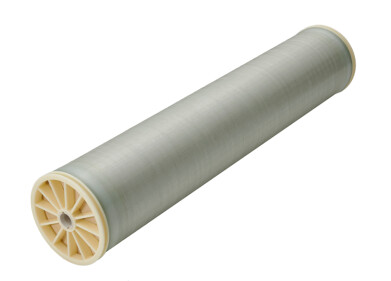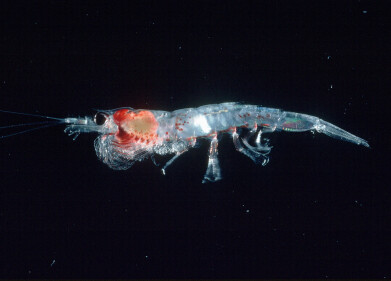Water/Wastewater
Repair or Replace? Sewer Rehabilitation at IFAT 2014
Dec 19 2013
Leaky sewers pose a number of threats. One is the risk of polluting the surrounding soil and the groundwater. Another is that water entering these pipes from outside increases the operating costs of the sewerage works. The ground below the leakage points can also be eroded, in extreme cases even endangering the infrastructure and buildings above it.
The market offers a wide variety of quality and cost-effective solutions for rehabilitating sewer networks. The exhibitors at IFAT 2014, the world’s most important environmental technology show, will be presenting all the latest technology in this area from May 5 to 9, 2014, in Munich.
According to Germany’s Federal Statistical Office, the sewer network in the country currently extends to almost 562,000 kilometers. The DWA (Deutsche Vereinigung für Wasserwirtschaft, Abwasser und Abfall e.V.) – the German Association for Water, Wastewater and Waste – estimates that around 20% of all stretches of sewer pipe in the country are defective. Otto Schaaf, DWA President and Chairman of the authority responsible for waste-water management in Cologne, comments that "for many of these defects, repair or renovation is now a quality and cost-effective option to replacing sewerage pipes, provided of course that the planning and implementation are carried out properly."
Before contracts are awarded for sewerage pipe renovation, both the contracting party and the network operator check the suitability of the tenderers. One basis contracting parties, engineering firms and contractors can use for assessing technical suitability is RAL-GZ 961, a quality seal in the manufacture and maintenance of waste-water pipes. Companies who have been awarded the seal have proven that they are technologically capable, experienced and reliable in specified fields. Dipl.-Ing. Hans-Christian Möser from the quality-assurance association Güteschutz Kanalbau e.V. comments: "Almost all the firms that are involved in rehabilitating sewerage pipes in Germany conform to the requirements of this seal. The number of quality seals awarded per rehabilitation technique reflects the market conditions. And the pipe-lining technique continues to be dominant."
According to Möser’s observations, the rehabilitation systems seem to be so advanced that further refinements are now only taking place at the level of the details. The same applies to sewer inspection. As an example, the engineer quotes new, high-resolution cameras which are especially suited for use in large-diameter pipes. In the inspection of site drainage pipes, progress is also happening: "Further miniaturisation has produced curve-compliant, flexible cameras with a turn/tilt head. The further development of 3D measuring systems enables a largely automated production of system maps in which all the relevant data are collected and evaluated during the inspection of the system," explains Möser.
At IFAT 2014 the exhibitors of products and services for this area are located in halls B4 and B5, and on part of the open-air site. This comprehensive market review of the latest in injection, relining, trenchless and coating techniques for sewer pipe rehabilitation will cover a total of around 20,000 square meters of exhibition space.
Events
Carrefour des Gestions Locales de L'eau
Jan 22 2025 Rennes, France
Jan 29 2025 Tokyo, Japan
Feb 05 2025 Nantes, France
Feb 16 2025 Kampala, Uganda
Feb 26 2025 Chennai, India




-as-feedstock.jpg)





